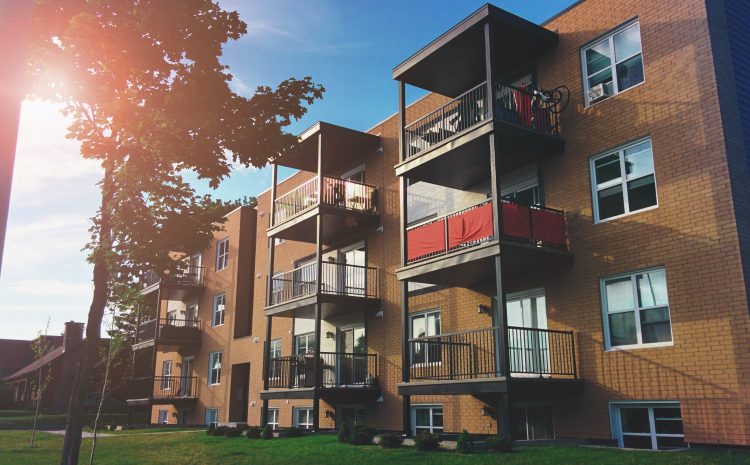
Extract from the Strategy of the Romanian Government for the inclusion of Romanian citizens belonging to the Roma minority for the period 2022-2027
Extract from the Strategy of the Romanian Government for the inclusion of Romanian citizens belonging to the Roma minority for the period 2022-2027
ECRI mentions, in the 2019 Report on Romania, that the housing situation for Roma remains a matter of concern: a significant percentage of the Roma population lived without running water (68%) and without a bathroom or toilet inside the home (79%). Moreover, the Communication of the Commission to the European Parliament and the Council no. 406/2019 points out that housing policy has the fewest examples of promising approaches common to several countries. A long-term, integrated and comprehensive approach should therefore be a priority. This should include:
supplementing housing provision with accompanying support that combines elements of employment, education, health and community development, as well as integrating interventions into national land and social housing policies and legislation.
According to the study carried out by IRES in 2019, the housing of the Roma in Romania is far behind the national housing standards and far below the average of all statistical indicators. Thus: 58% among the Roma declare that they have a home in personal ownership with documents, compared to 87% in the case of Romanians, although the average number of children is 3 times higher than in the case of the majority population, 61% among the Roma live in 1-2 rooms, versus of 43% in the case of the majority population. 50% from the majority population have 3-4 rooms, while in the case of Roma the share is only 34%.
On the other hand, according to Eurostat definitions, the share of Roma living in neighborhoods where all or most of their neighbors are Roma is 67%. The proportion of Roma families living in unsanitary households (with leaking roofs, damp walls or rot in the window frames or on the floor) is 32%, and the share of those who accuse pollution, dirt or other ecological problems is 25% . More than 50% live in overcrowded houses, 16.5% live in buildings considered unsafe for habitation and 30.3% in buildings that are in a state of
visible damage.
The share of Roma living in overcrowded households is 78%, 45% of Roma living in spaces under 50 sqm, compared to only 29% in the case of the majority population. What is worrying is the fact that a good part of the poorest families find themselves in housing and even informal settlements, at any time susceptible to becoming subjects of forced eviction.
Spatial segregation of Roma is particularly evident in small, marginal communities: more than 52% of the communities are inhabited by less than 150 people; 50% of them are located on the outskirts of the towns. There are 39% Roma communities with a primary school located more than 15 minutes' walk from the school, according to Eurostat data. Moreover, human rights organizations mention that the Roma, who live more in informal settlements, do not have the security of a stable home. Thus, they live in danger of being forcibly evicted by the authorities, often to isolated areas. ECRI recommends that central public administration authorities formulate more explicit guidelines for prefectural offices to review the legality of eviction orders issued by local public administration authorities.
Demolitions of informal settlements are not treated by law as evictions, otherwise prior judicial review becomes impossible and legal guarantees applicable to other evictions are ignored. As a result, in the event of a forced evacuation, adequate alternative housing is not always provided. It should be taken into account that the types of interventions regarding increasing the quality of life and reducing the risks to which the population living in informal settlements is exposed, as well as the population in the administrative-territorial units where such settlements exist, according to order no. 3494 of July 27, 2020 for the amendment and completion of the methodological rules for the application of Law no. 350/2021 regarding territorial planning and urban planning and the development and updating of urban planning documentation, approved by order of the Deputy Prime Minister, the Minister of Regional Development and Public Administration no. 233/2016.
Currently, there is no dimensioning of the phenomenon of evacuations that allows for clear proposals for intervention and public policy, other than those required in crisis situations. In this sense, strong multi-stakeholder partnerships and cross-sectoral, cross-sectoral and integrated approaches are needed to eliminate multiple discrimination and multidimensional exclusion, in line with the recommendations of the European Commission.
Action directions:
- Inclusion of vulnerable Roma communities in national social housing programs.
- The inclusion of marginalized Roma communities in national programs for connecting homes to utility networks (electricity, water and sewage), with special attention being paid to ensuring access to drinking water.
- Inclusion of vulnerable Roma communities in the national local/community infrastructure programs – asphalting, paving of roads, streets (PNDL).
- Identification and implementation of relocation solutions for families located in risk areas or at risk of evacuation (articles 19^1, 22^1, 26, 27^1, 51 of Law 151/2019 to supplement Law no. 350/2001) .
- Prioritization of cadastral sectors that include disadvantaged areas where vulnerable Roma communities are located, within the National Cadastre Program.
- Inclusion of Roma communities affected by natural calamities in national programs addressed to areas affected by calamities.


2 Comments
Interesting information. Where can I find the Directorate of Inclusion of the Romanian Government?
Thank you!
Hello! Please access the following link: https://pncr.fonduri-ue.ro/wp-content/uploads/2022/06/Monitorul-Oficial-Partea-I-nr.-450Bis.pdf